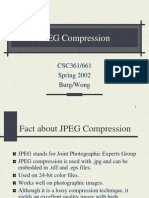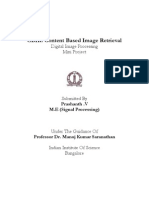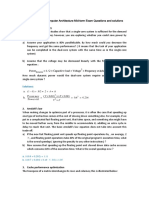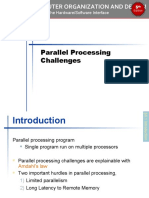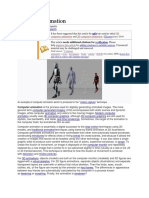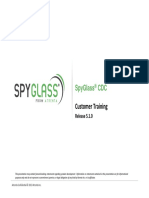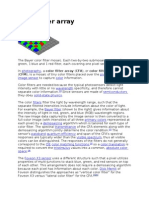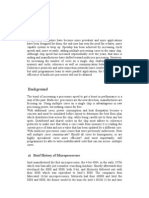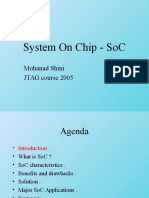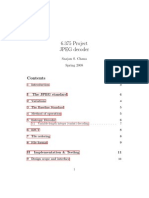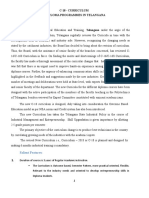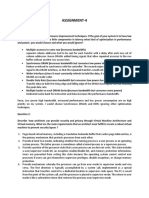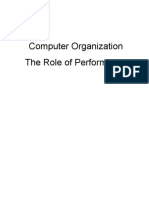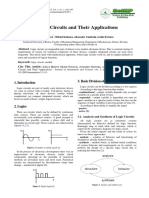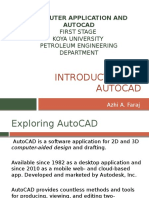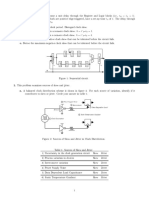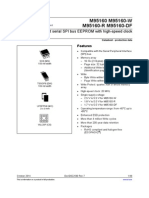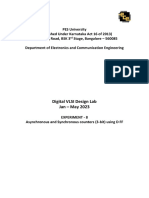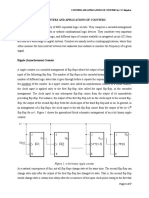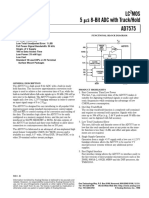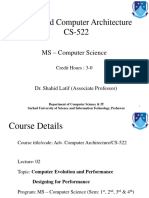0% found this document useful (0 votes)
455 views33 pagesComputer Architecture Measuring Performance
The document discusses various ways to measure computer performance, including latency vs throughput, execution time, CPU time, and Amdahl's law. It provides examples of how to calculate speedup from improvements to portions of a program's execution. Key aspects of performance covered include clock cycle time, clock rate, cycles per instruction, and the CPU performance equation relating these factors.
Uploaded by
azhiCopyright
© © All Rights Reserved
We take content rights seriously. If you suspect this is your content, claim it here.
Available Formats
Download as PDF, TXT or read online on Scribd
0% found this document useful (0 votes)
455 views33 pagesComputer Architecture Measuring Performance
The document discusses various ways to measure computer performance, including latency vs throughput, execution time, CPU time, and Amdahl's law. It provides examples of how to calculate speedup from improvements to portions of a program's execution. Key aspects of performance covered include clock cycle time, clock rate, cycles per instruction, and the CPU performance equation relating these factors.
Uploaded by
azhiCopyright
© © All Rights Reserved
We take content rights seriously. If you suspect this is your content, claim it here.
Available Formats
Download as PDF, TXT or read online on Scribd
/ 33



